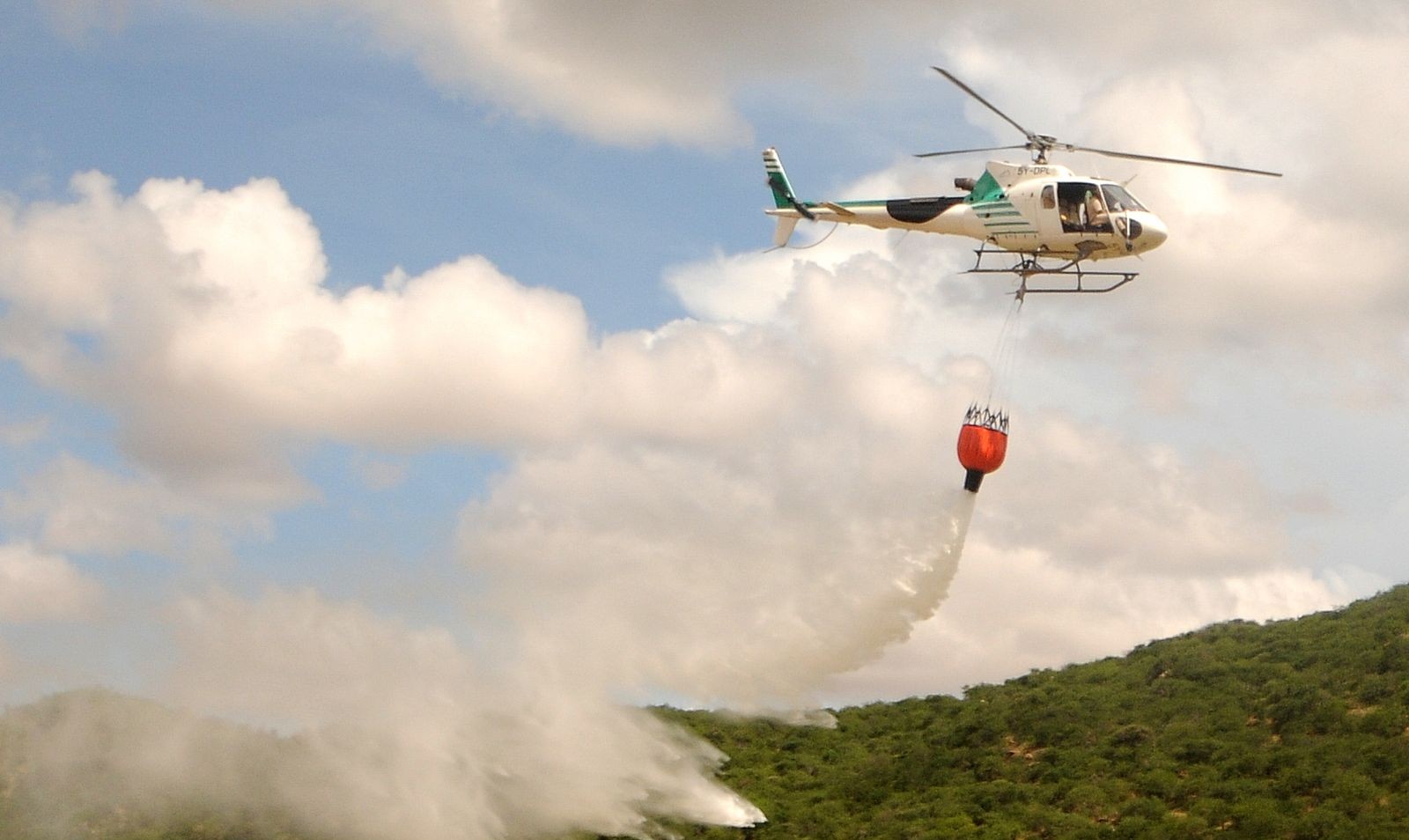We have a proven record of working constructively with operators.
We keep things simple and use our imagination and experience to consistently deliver the right solution.

Helicopters have been essential to the offshore oil and gas industry from the beginning, providing regular access to oil rigs and drilling platforms. More recently, helicopters have found a role in supporting the construction and maintenance of offshore wind farms.
More infoHelicopters have been essential to the offshore oil and gas industry from the beginning, providing regular access to oil rigs and drilling platforms. More recently, helicopters have found a role in supporting the construction and maintenance of offshore wind farms.
More info

The utility mission-type is a “default” category which encompasses a particularly wide range of missions. The common feature is that the helicopter operates in a basic configuration, often with a requirement to lift external loads.
More infoThe utility mission-type is a “default” category which encompasses a particularly wide range of missions. The common feature is that the helicopter operates in a basic configuration, often with a requirement to lift external loads.
More info

Time is critical in medical emergencies. A helicopter is usually the fastest solution for delivering a doctor to a patient and then moving the patient to a hospital.
More infoTime is critical in medical emergencies. A helicopter is usually the fastest solution for delivering a doctor to a patient and then moving the patient to a hospital.
More info

Helicopters perform vital roles for parapublic organisations such as police forces and environmental agencies.
More infoHelicopters perform vital roles for parapublic organisations such as police forces and environmental agencies.
More info

Helicopters are perfectly suited to the search-and-rescue mission and have dominated this sector for decades. SAR helicopters are heavily customised with equipment such as FLIR cameras, advanced communication systems and rescue hoists.
More infoHelicopters are perfectly suited to the search-and-rescue mission and have dominated this sector for decades. SAR helicopters are heavily customised with equipment such as FLIR cameras, advanced communication systems and rescue hoists.
More info